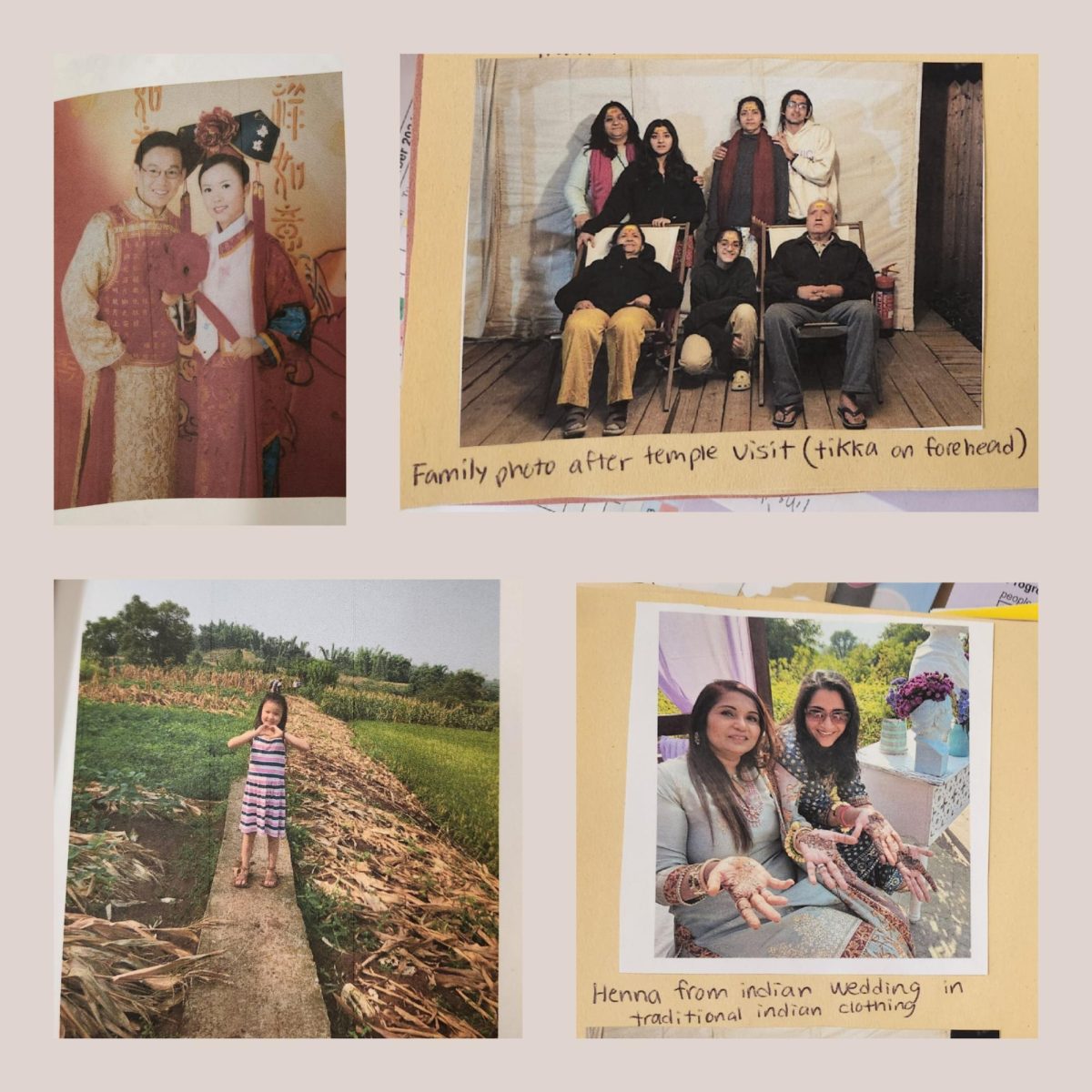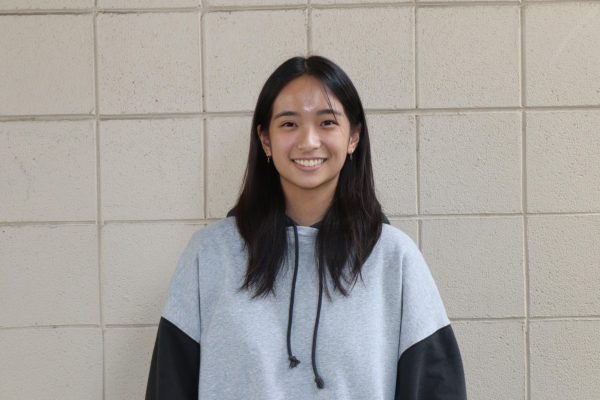After the annual Synopsys Fair on March 9, Saratoga High juniors Lynn Dai, Sanjoli Gupta and Zeyneb Kaya and senior Nidhi Mathihalli qualified for the 72nd annual California Science and Engineering Fair (CSEF) on April 11, hosted by the California Science Center. The following competition, Regeneron International Science and Engineering Fair (ISEF), was from May 14-19 with six winners, none from Saratoga.
Approximately 900 participants attended CSEF from 350 schools across California to present their projects online. While Kaya had qualified, she couldn’t compete as she instead decided to attend the Junior Science and Humanities Symposium national competition, held from April 12-15.
CSEF is a science fair held on zFair, an online event management software, for middle and high school students. Competitors initially participated in the annual Synopsys Championship — held this year on March 9 — to present projects within defined categories: Life Science, Physical Science, Mathematical/Computational, Environmental, Behavioral/Cognitive, Product Testing and Zoology. Dai’s project was in the Zoology category, Gupta’s was in the Environmental Science category and Mathihalli participated in Physical Science. Winners of CSEF qualified to compete in the ISEF. No students from the school won awards or qualified for ISEF.
Similar to previous years post-COVID, CSEF was held online because of the large number of attendees. The students were split into two categories for the three judges: one being a smaller group with their interview time sent in advance so the schedule was back-to-back and the other being a larger group who waited until the judges entered their room. Dai and Mathihalli were put into the smaller group and Gupta was put into the larger group.
“Since I was given 10 minutes for the interview panel when I presented my project, there wasn’t as much time for some judges to ask questions about the project,” Dai said. “I found the in-person Synopsys Fair [earlier in the year] to be more comprehensive and enjoyable as you could physically see other people’s projects around you and ask them questions about their projects.”
Dai’s project, which she began as a part of the Advanced Science Research course taught at Los Gatos, investigated the effect of two Chinese herbal compounds on the reduction of inflammation symptoms on a planaria model of psoriasis, an autoimmune skin disease.
Mathihalli chose to compete with a continuation of a project she presented in both her freshman and sophomore years of high school — a money reader for the visually impaired. She employed a transfer-learning-based computer vision machine learning model that takes a picture of the money bill and announces the denomination of bills in various currencies, including the American dollar and the Indian rupee, to the user.
Kaya’s project, Mad Libs, was created to improve language translation on dying languages such as Majori in New Zealand, Pengisian in the Philippines, Maithili in India and Uyghur in China.
“Translation models like Google Translate are ineffective on languages that don’t have a lot of data available,” Kaya said. “Especially for languages that need the help of such models for effective communication and inclusivity, there aren’t a lot of openly available ways to translate them.”
To improve the translation system, Kaya began by creating a data augmentation method, a technique of artificially increasing the training data set by modifying copies of existing data, thus improving translation models. By using a small existing sample of sentence pairs, Kaya was able to generate new sentences without using any external data. This way, Mad Libs could generate new sentences with low resource work.
Gupta’s project focused on the effect of climate migration — people who are forced to move internationally or regionally due to hurricanes or other natural disasters — and how cities can plan for such migration.
“Understanding the impact of climate change on migration out of rural areas and into urban settings will help cities and countries plan for migration,” Gupta said. “My research aims to determine the impact of increased heat and changes in precipitation in Brazil, Somalia and Pakistan.”
To do this, Gupta used code to forecast temperature from arable land data in different regions of Brazil, Somalia and Pakistan. Her program was able to find certain regions were increasing in temperatures faster than others, causing internal migration out of regions whose climate wasn’t fit for farming and sustaining rural populations.
Gupta spent roughly 9 months working on her project, constantly testing the code to look for bugs.
“Throughout the project, I learned a lot about perseverance and determination,” Gupta said. “I really enjoyed getting to explore climate migration and found the results to be satisfying after all my hard work.”




























